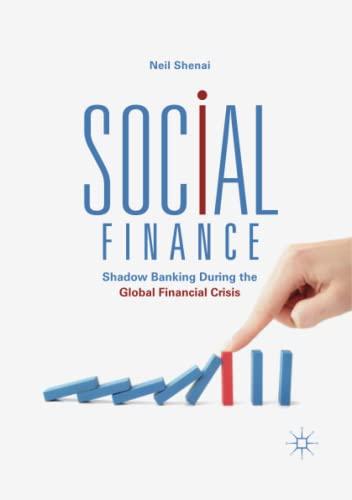Question
Case #13 presents evidence on how companies really estimate their cost of capital. Read the case in its entirety then answer the following questions: 1.




















Case #13 presents evidence on how companies really estimate their cost of capital. Read the case in its entirety then answer the following questions:
1. According to the survey findings, is weight calculation based on market or book value mixes of debt and equity? What is the dominant model of estimating the cost of equity?
2. What do company use for the risk free rate of return? What are the advantage and disadvantage of using 90-day T-bill rate vs. long term bond yield?
3. According to the finance theory, WACC should be risk adjusted to reflect substantive differences among different businesses in a corporation. But according to the findings in Exhibit 10, do companies adjust WACC to reflect the risk of individual investment opportunities? Why do practitioners sometimes prefer cash flow adjustment to WACC adjustment?
4. According to the findings in Exhibit 11, how often do companies reestimate their capital costs? How would you make decisions on when to reestimate the cost of capital?
YES THESE ARE THE QUESTIONS I HAVE TO ANSWER BASED ON THE CASE I HAVE POSTED.
IF YOU TRY OPENING IT ON A DESKTOP OR A LAPTOP ITS CLEAR. ON A PHONE IT MIGHT BE A LITTLE DISTORTED.
13 Best Practices in Estimating the Cost of Capital: Survey nd Synthesis This paper presents the results of a cost-of-capital survey of 27 highly reended corporanions, ten leading financial advisers, and seven best selling textbooks and trade books. The results show dose alignment amore al these groups on he wie of common theoretical frameworks and on many aspects of estimation. We find large wariacion, however, for the joint choices of the risk-free rate beta, and the equity market risk premium, as well as for the aiherment of capital aosts for specific investment risk. On these issues, we suammarite areements for different approaches and review responses in detail to glean tradeoff faced by practinomer. Bruner, Kenneth M. Eades, Robert s. Harris, and Robert Higons UEL: G12, G20, G311 In recent decades, theoretical breakthroughs in such areas as portfolio diversification. market efficiency, and asset pricing have converged into compelling recommendations about the cost of capital to a corporation. By the early 1990s, a consensus had emerged prompting such descriptions as "traditional textbook appropriate, "theoreti- cally correct," and "a useful rule of thumb and a good vehicle" Beneath this general agreement about cost-of-capital theory lies considerable ambiguity and confusion over how the theory can best be applied. The issues at stake are sufficiently important that differing choices on a few key elements can lead to wide disparities in estimated capital cost. The cost of capital is central to modem finance touching on investment and divestment decisions, measures of economic profit, performance appraisal, and ine three sets of quotes come in order from Ehrhardt (1994.Copeland, Koller, and Murrin (1990), and Brealey and Myers (993. Robert F Bruner, Kenneth M. Eades, and Roberts. Harris are Professors at the Darden Graduate School of Business Administration, University of Virginia,Charlottesville, VA 22906. Robert C. Higgins is a Professor at the University of Washington, Seattle. WA 98195. The authors thank Todd Brotherson forexcellent research assistance, and gratefully acknowledge the financial support of Coopers&Lybrand and the University of Virginia Darden School Foundation The research would not have been possible without the cooperation of the 37 companies surveyed. These contributions notwithstanding, any errors remain the authors 193
Step by Step Solution
There are 3 Steps involved in it
Step: 1

Get Instant Access to Expert-Tailored Solutions
See step-by-step solutions with expert insights and AI powered tools for academic success
Step: 2

Step: 3

Ace Your Homework with AI
Get the answers you need in no time with our AI-driven, step-by-step assistance
Get Started


